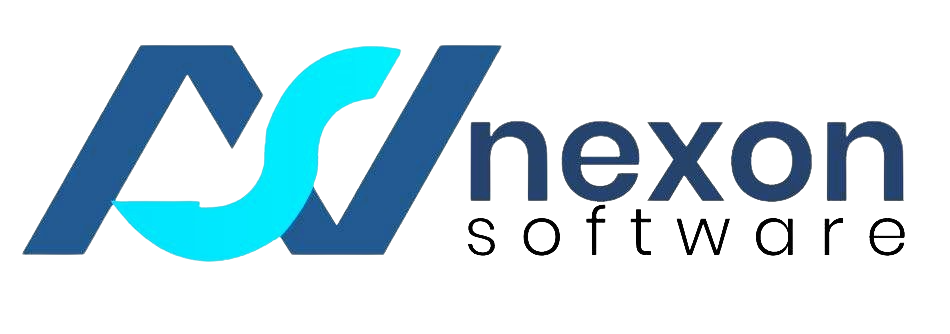Enhancing Collaboration by Overcoming Communication Barriers in Your Staffing Services Team

In the dynamic world of staffing services, effective collaboration is crucial for success. A cohesive team can streamline recruitment processes, enhance client relationships, and ultimately drive better outcomes. However, communication barriers can hinder collaboration, leading to misunderstandings, inefficiencies, and decreased morale. In this blog, we will explore common communication barriers in staffing services teams and provide actionable strategies to overcome them, fostering a more collaborative environment.
Understanding Communication Barriers
Before diving into solutions, it’s essential to identify the types of communication barriers that may exist within your staffing services team:
1. Physical Barriers
Physical barriers refer to the geographical distance between team members, especially in remote or hybrid work environments. When team members are not in the same location, it can lead to feelings of isolation and hinder effective communication.
2. Cultural Barriers
In diverse teams, cultural differences can impact communication styles and expectations. Misunderstandings may arise from varying interpretations of language, gestures, or workplace norms.
3. Technological Barriers
While technology facilitates communication, it can also create barriers if team members are not proficient with the tools being used. Issues such as software glitches or lack of access to necessary platforms can impede collaboration.
4. Perceptual Barriers
Individual perceptions and biases can distort communication. Team members may interpret messages based on their experiences or assumptions, leading to miscommunication.
5. Emotional Barriers
Emotions play a significant role in communication. Stress, anxiety, or interpersonal conflicts can create emotional barriers that prevent open dialogue and collaboration.
Strategies for Overcoming Communication Barriers:
1. Foster an Open Communication Culture
Creating an environment where team members feel comfortable expressing their thoughts and concerns is vital for overcoming communication barriers. Here’s how to foster an open culture:
- Encourage Feedback: Regularly solicit feedback from team members about communication practices and areas for improvement.
- Lead by Example: Leaders should model open communication by sharing their thoughts transparently and encouraging dialogue.
- Create Safe Spaces: Establish forums or channels where team members can discuss challenges without fear of judgment.
2. Utilize Technology Effectively
Leveraging technology can enhance communication but requires careful implementation:
- Choose the Right Tools: Use collaboration platforms like Slack, Microsoft Teams, or Zoom that facilitate real-time communication and file sharing.
- Provide Training: Ensure all team members receive training on using collaboration tools effectively to minimize technological barriers.
- Set Clear Guidelines: Establish guidelines for using technology—such as response times for messages or protocols for virtual meetings—to ensure everyone is on the same page.
3. Encourage Active Listening
Active listening is a critical skill that fosters understanding and collaboration:
- Training Sessions: Conduct workshops on active listening techniques to help team members improve their listening skills.
- Summarize and Reflect: Encourage team members to summarize what they’ve heard during discussions to confirm understanding.
- Ask Open-Ended Questions: Promote open-ended questions during conversations to encourage deeper discussions and insights.
4. Embrace Diversity and Inclusion
Diversity brings unique perspectives but can also lead to misunderstandings if not managed effectively:
- Cultural Awareness Training: Provide training on cultural competence to help team members understand and appreciate different backgrounds.
- Celebrate Diversity: Recognize and celebrate cultural events within the team to foster inclusivity and strengthen relationships.
- Encourage Diverse Opinions: Create a culture where diverse viewpoints are valued and encouraged during discussions.
5. Establish Clear Communication Channels
Having clear channels for communication helps reduce confusion and ensures everyone knows where to go for information:
- Define Roles and Responsibilities: Clearly outline each team member’s role and responsibilities to minimize overlap and confusion.
- Create a Communication Plan: Develop a plan that specifies how information will be shared within the team (e.g., weekly updates, project management tools).
- Regular Check-ins: Schedule regular check-ins or stand-up meetings to keep everyone informed about ongoing projects and address any concerns.
6. Promote Team Building Activities
Team-building activities can strengthen relationships among team members and improve collaboration:
- Virtual Team Building: Organize virtual activities such as online games, quizzes, or workshops that encourage interaction in a relaxed setting.
- In-Person Retreats: If possible, plan in-person retreats or workshops where team members can bond outside of work-related tasks.
- Icebreaker Sessions: Incorporate icebreakers into meetings to help team members get to know each other better.
7. Address Emotional Barriers
Emotional intelligence plays a significant role in effective communication:
- Encourage Emotional Awareness: Promote discussions around emotional awareness so that team members can recognize their feelings and those of others.
- Provide Support Resources: Offer resources such as counseling services or stress management workshops to help employees cope with emotional challenges.
- Foster Empathy: Encourage empathy among team members by promoting understanding and support during challenging times.
8. Implement Feedback Loops
Creating feedback loops allows for continuous improvement in communication practices:
- Regular Surveys: Conduct surveys to gather feedback on communication effectiveness within the team.
- Action Plans: Develop action plans based on feedback received to address identified issues.
- Follow Up: Regularly follow up on implemented changes to assess their effectiveness.
Measuring Success
To ensure that your efforts in overcoming communication barriers are effective, it’s essential to measure success:
- Employee Satisfaction Surveys: Conduct regular surveys to gauge employee satisfaction with communication practices within the team.
- Performance Metrics: Monitor performance metrics such as project completion rates or client satisfaction scores before and after implementing changes.
- Feedback Sessions: Hold feedback sessions where team members can share their experiences regarding improved collaboration.
Conclusion
Effective collaboration is vital for success in staffing services, but it requires overcoming various communication barriers. By fostering an open culture, utilizing technology effectively, encouraging active listening, embracing diversity, establishing clear channels, promoting team-building activities, addressing emotional barriers, and implementing feedback loops, you can create a collaborative environment that drives success.
As you embark on this journey toward enhanced collaboration within your staffing services team, remember that continuous improvement is key. By prioritizing effective communication practices, you empower your team to work more cohesively, ultimately leading to better outcomes for your clients and your organization as a whole. Together, let’s break down those barriers and build a stronger foundation for teamwork!
Best Regards,



